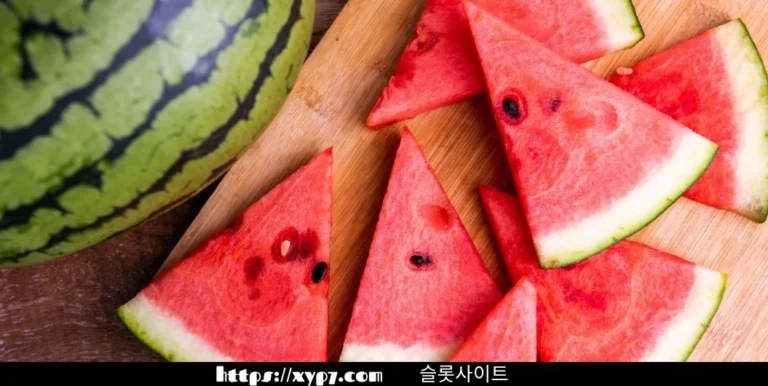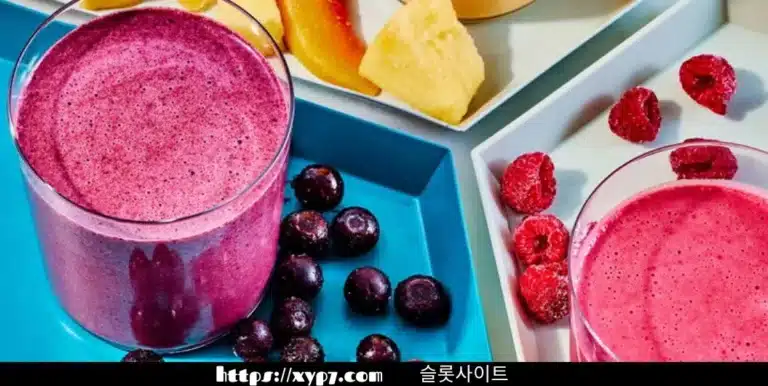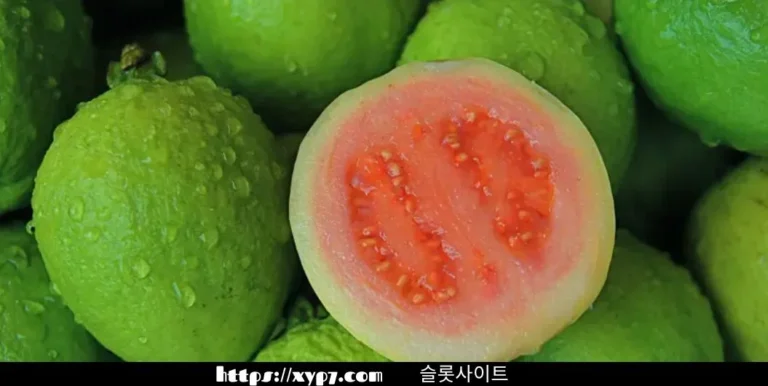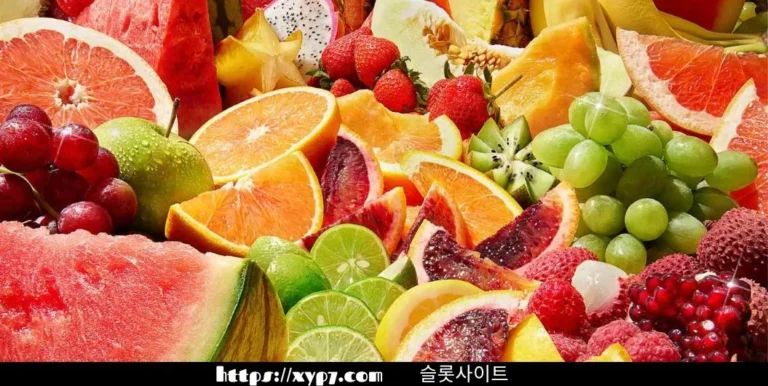Different Fruit-Bearing Plants
Exploring the world of fruit-bearing plants introduces us to a diverse array of flavors, textures, and nutritional benefits. Each plant carries unique characteristics also cultivation requirements. This article delves into ten different fruit-bearing plants, highlighting their unique qualities also benefits.
10 Different Fruit-Bearing Plants: A Dive into Nature’s Bounty
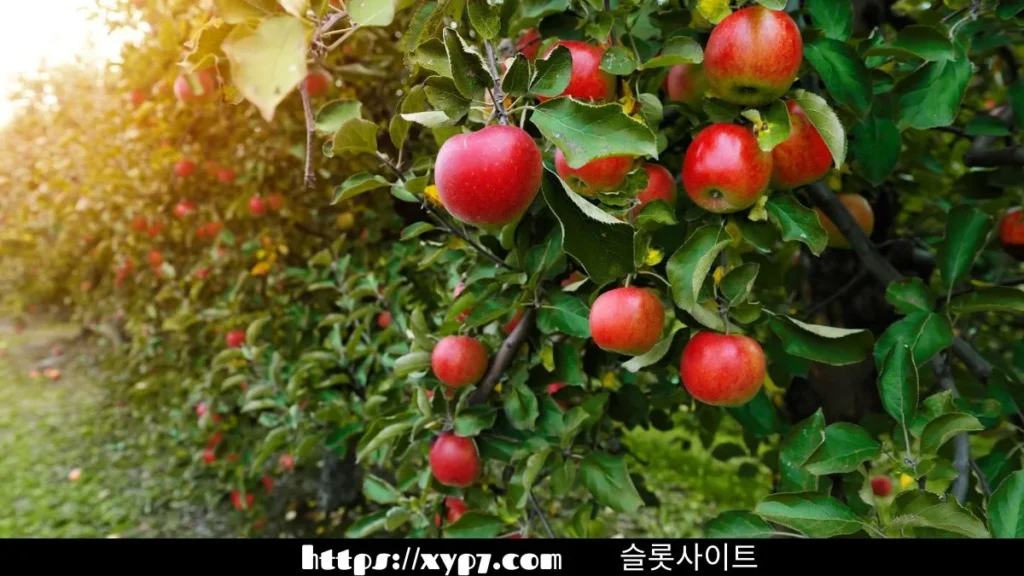
1. Apple (Malus domestica)
Description
The apple tree is one of the most widely cultivated fruit trees globally. Belonging to the Rosaceae family, apples come in various colors, including red, green, also 카지노사이트 yellow.
Benefits
Apples are rich in dietary fiber, vitamin C, also various antioxidants. They are known for promoting heart health, reducing the risk of diabetes, also aiding weight management.
Cultivation
Apple trees require well-drained soil also a temperate climate. They thrive in regions with cold winters, which help to induce dormancy.
2. Banana (Musa spp.)
Description
Bananas are tropical fruits from the Musaceae family. They are elongated, typically yellow when ripe, and come in various sizes.
Benefits
Bananas are an excellent source of potassium, vitamin C, also vitamin B6. They help regulate blood pressure, support heart health, also provide quick energy.
Cultivation
Bananas require warm, tropical climates with well-drained, fertile soil. They are often grown in regions with consistent rainfall or adequate irrigation.
3. Cherry (Prunus avium)
Description
Cherries are small, round fruits that can be sweet or sour. They belong to the Rosaceae family and are commonly red or black when ripe.
Benefits
Cherries are high in antioxidants, vitamins A and C, also dietary fiber. They are known for their anti-inflammatory properties and benefits for sleep also heart health.
Cultivation
Cherry trees need well-drained soil also a temperate climate. They require a period of cold dormancy, also making them suitable for regions with cold winters.
4. Grape (Vitis vinifera)
Description
Grapes grow in clusters on woody vines also can be green, red, or purple. They belong to the Vitaceae family and are used to make wine, juice, also dried as raisins.
Benefits
Grapes are rich in vitamins C and K, also powerful antioxidants like resveratrol. They support heart health, improve skin quality, also may help prevent certain cancers.
Cultivation
Grapevines thrive in well-drained soil also with plenty of sunlight. They are commonly grown in temperate regions with warm summers also cool winters.
5. Mango (Mangifera indica)
Description
Mangoes are tropical fruits with a sweet also juicy flesh. They belong to the Anacardiaceae family and vary in size also color.
Benefits
Mangoes are high in vitamins A and C, fiber, also antioxidants. They aid digestion, boost immunity, also promote eye health.
Cultivation
Mango trees require a warm, tropical or subtropical climate also with well-drained soil. They are best grown in regions also with a distinct dry 온라인카지노 season.
6. Orange (Citrus sinensis)
Description
Oranges are citrus fruits known for their bright orange skin also juicy, sweet-tart flavor. They belong to the also Rutaceae family.
Benefits
Oranges are an excellent source of vitamin C, fiber, also antioxidants. They support immune function, improve skin health, also lower the risk of chronic diseases.
Cultivation
Orange trees thrive in subtropical also tropical climates. They need well-drained soil and regular watering but can be sensitive to frost.
7. Peach (Prunus persica)
Description
Peaches are juicy, aromatic fruits also with a fuzzy skin. They belong to the Rosaceae family also are typically yellow or white-fleshed.
Benefits
Peaches are rich in vitamins A and C, potassium, also fiber. They promote skin health, support digestion, also provide antioxidants.
Cultivation
Peach trees require well-drained soil and a temperate climate. They need a period of cold dormancy, making them suitable for regions with cold winters.
8. Pineapple (Ananas comosus)
Description
Pineapples are tropical fruits with a tough, spiky exterior and sweet, juicy interior. They belong to the Bromeliaceae family.
Benefits
Pineapples are high in vitamin C, manganese, and bromelain, an enzyme with anti-inflammatory properties. They aid digestion, boost immunity, and support bone health.
Cultivation
Pineapples require a warm, tropical climate with well-drained soil. They need consistent warmth and adequate sunlight for optimal growth.
9. Strawberry (Fragaria × ananassa)
Description
Strawberries are small, red fruits with a sweet flavor and tiny seeds on their surface. They belong to the Rosaceae family.
Benefits
Strawberries are rich in vitamin C, manganese, and antioxidants. They promote heart health, regulate blood sugar levels, and support skin health.
Cultivation
Strawberry plants thrive in well-drained soil and a temperate climate. They require full sunlight and regular watering.
10. Watermelon (Citrullus lanatus)
Description
Watermelons are large, round fruits with a green rind and sweet, juicy, red or pink flesh. They belong to the Cucurbitaceae family.
Benefits
Watermelons are high in vitamins A and C, antioxidants, and hydration. They support heart health, aid in hydration, and improve skin health.
Cultivation
Watermelon plants require warm temperatures and well-drained soil. They need plenty of sunlight and regular watering.
Conclusion
Exploring the diversity of fruit-bearing plants reveals a wealth of flavors, nutritional benefits, and cultivation requirements. From the crispness of an apple to the juiciness of a mango, each fruit offers unique benefits that enhance our health and well-being. Understanding these plants helps us appreciate the richness of nature and encourages us to incorporate a variety of fruits into our diets for a balanced and nutritious 바카라사이트 lifestyle.


